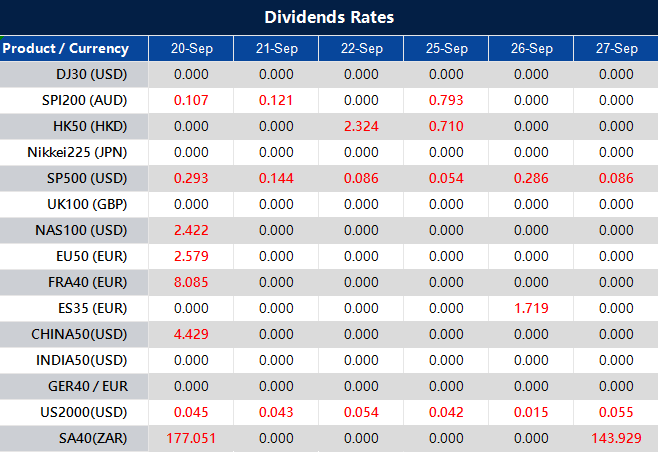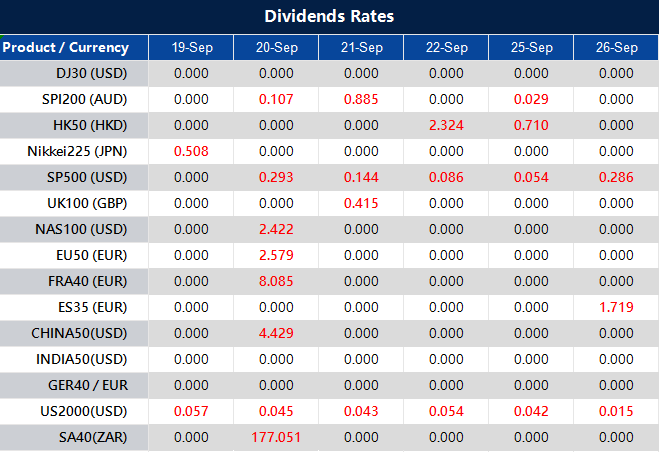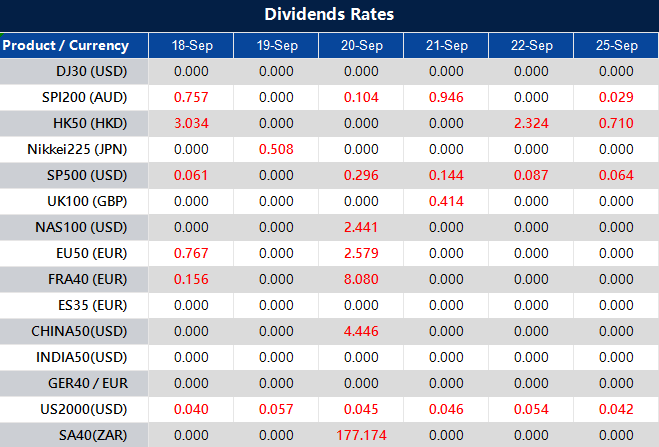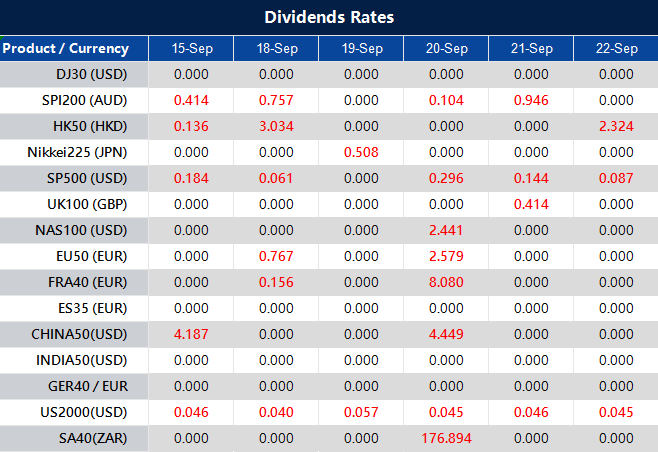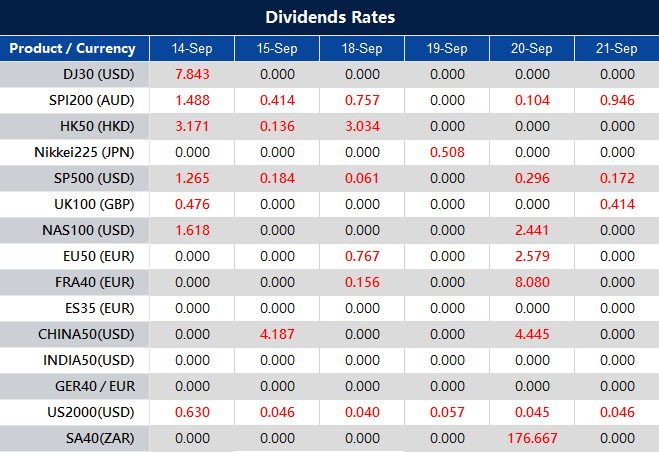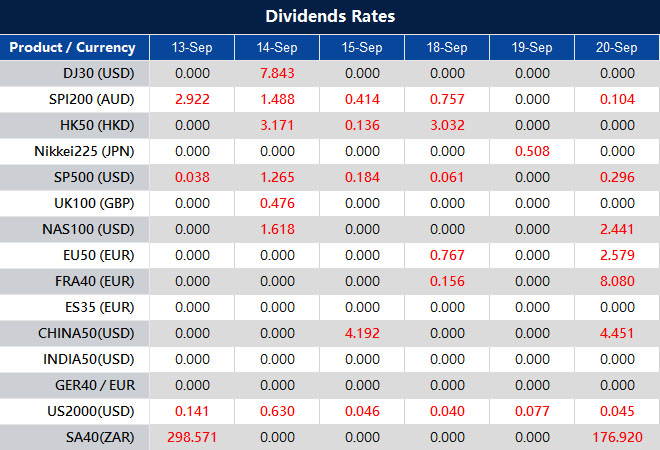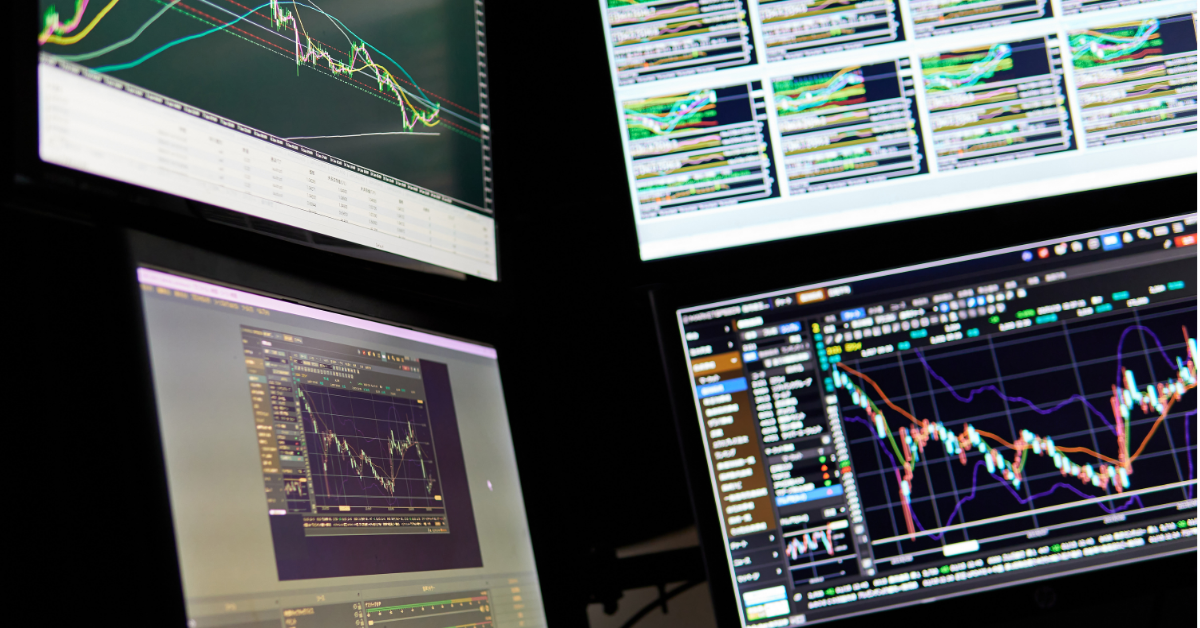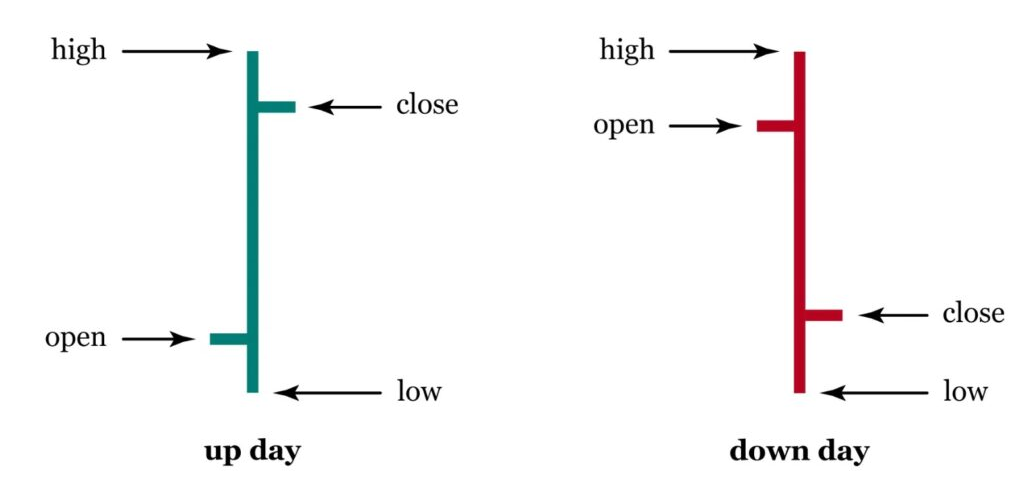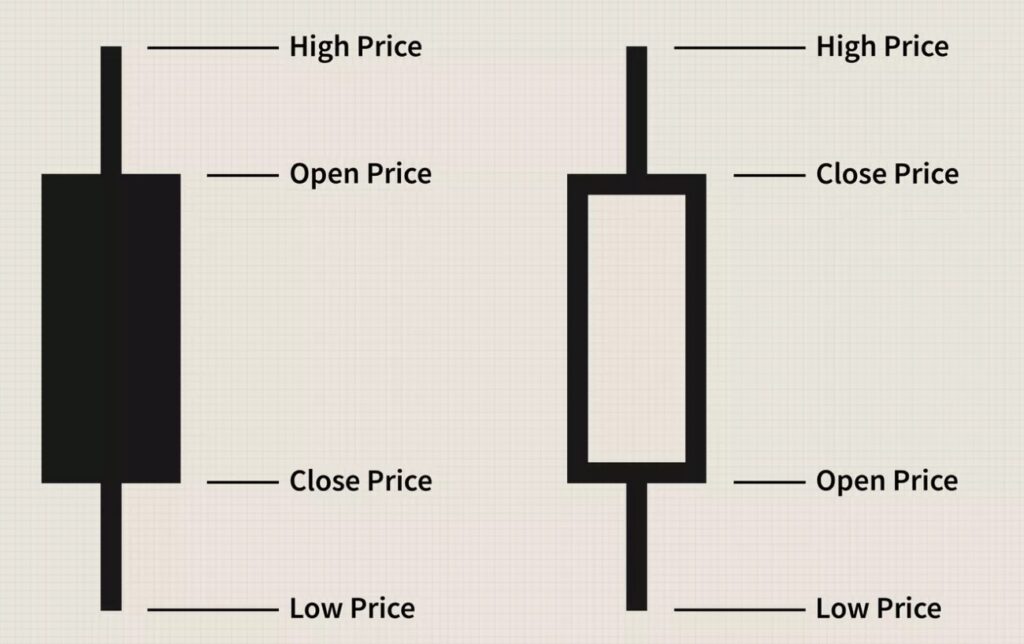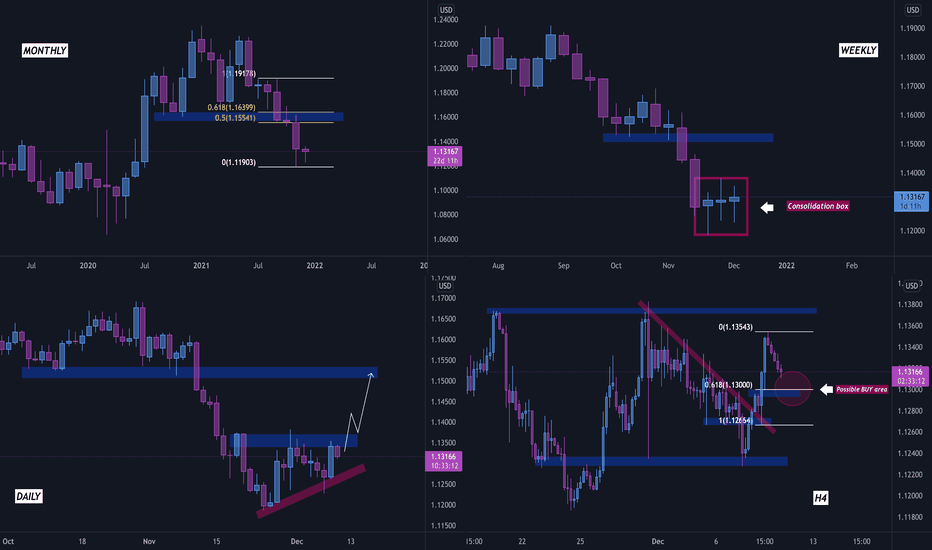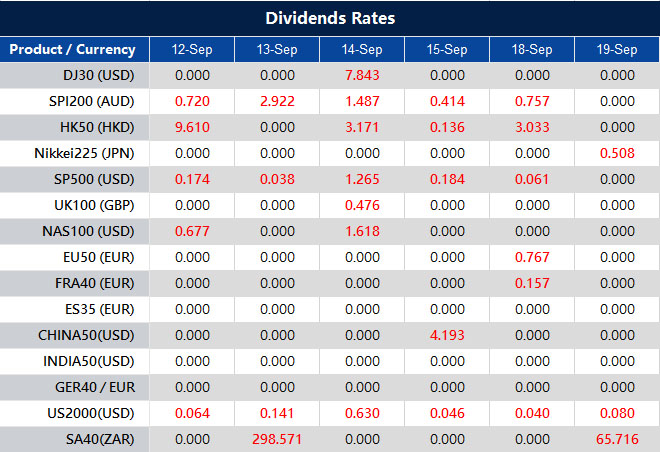El petróleo es una de las principales mercancías energéticas en la que se confía globalmente para producir gasolina, diésel y petroquímicos que alimentan gran parte de las actividades del mundo. Como todas las materias primas, es un material crudo del cual depende gran parte de la economía mundial — de hecho, es la mercancía más comercializada en el mundo. Ese volumen de negociación ha creado muchos productos financieros derivados, incluyendo los CFDs de petróleo.
La industria del petróleo y gas
Existen diferentes tipos de petróleo que se comercializan internacionalmente: petróleo crudo, gasolina sin plomo, gas natural y aceites de calefacción. Aunque algunos de estos petróleos tienden a comercializarse más localmente, el petróleo crudo sigue siendo el sector más grande en términos de comercio y proviene de diferentes puntos de origen en todo el mundo. El volumen de comercio de petróleo crudo y sus variados puntos de origen significa que este activo es particularmente vulnerable a la inestabilidad geográfica, política y económica, lo que hace que el mercado sea particularmente volátil.
La volatilidad en los mercados representa tanto riesgo como oportunidad para los comerciantes porque aumentan el tamaño y la frecuencia de las fluctuaciones de precios. Si quieres exponerte al mercado del petróleo y potencialmente capitalizar algunas de las oportunidades rentables por ti mismo, aprender a operar con CFDs de petróleo podría ser un buen método para hacerlo.
En este artículo, definiremos qué son los CFDs de petróleo, cómo se integran en el mercado del petróleo y qué necesitas saber antes de comenzar a operar con CFDs de petróleo como trader individual.
Entendiendo cómo funcionan los CFDs de petróleo
Los CFDs son un tipo de producto financiero derivado que permite a los comerciantes obtener exposición a un mercado como el comercio de petróleo sin tener que tomar posesión de un activo subyacente. La operativa con CFDs funciona mediante la creación de un acuerdo entre un inversor y un broker de CFDs — o más simplemente un comprador y un vendedor — para intercambiar la diferencia de valor del activo subyacente entre la apertura y el cierre del contrato.
A diferencia de comprar o vender el activo físico, los CFDs de petróleo (y cualquier tipo de CFDs) no tratan sobre la compra y venta de una mercancía; hacen que los traders obtengan beneficios a través de la especulación sobre los cambios en el precio del activo. Los cambios son lo que generan ganancias o pérdidas en esta situación. Operar con éxito los CFDs requiere que un comerciante entienda las razones y tendencias detrás de los movimientos en el mercado, con el fin de predecir con éxito qué movimientos se llevarán a cabo durante la duración de un CFD.
¿Qué son los CFDs de petróleo?
Esencialmente, los CFDs de petróleo permiten a más comerciantes obtener exposición al gran mercado del petróleo mediante el uso de apalancamiento y sin tomar posesión del activo en sí. Esta mayor exposición puede diversificar tu cartera de inversiones y, al hacerlo, reducir tu riesgo. Los CFDs de petróleo se utilizan como un conducto para que los inversores operen en los precios al contado del petróleo, los futuros del petróleo y las opciones del petróleo. Como los índices de referencia más comúnmente negociados de petróleo crudo, la mayoría de los CFDs de petróleo se refieren a WTI o Brent Crude Oil.
Precios del petróleo WTI vs Brent Crude
Si quieres entrar en el trading de CFDs de petróleo, es casi seguro que tratarás con los dos tipos más comunes de petróleo crudo en el mercado global: West Texas Intermediate (o WTI) Crude Oil y Brent Crude Oil. Los tipos de petróleo crudo se clasifican por su densidad y su ‘dulzura’ o ‘acidez’ al evaluar la calidad. Se prefieren los petróleos crudos de baja densidad porque son más fáciles de procesar y refinar, mientras que la dulzura se refiere al contenido de azufre en un petróleo crudo determinado. Cuanto más dulce es el petróleo, menor es el contenido de azufre, lo que también abarata el refinado y procesamiento.
Entender las principales diferencias entre estos dos y sus características definitorias es una parte crucial del análisis fundamental, algo que necesitarás dominar al operar con CFDs de petróleo. A primera vista, aquí hay una instantánea de ambos tipos de crudo.
Petróleo Brent Crude
- Proviene de la perforación de petróleo en el Mar del Norte.
- Responsable de establecer el precio de dos tercios de los suministros de petróleo crudo comercializados en el mundo.
- Definido como un petróleo crudo ligero, pero no tan ligero como el petróleo WTI.
- Típicamente refinado en el noroeste de Europa.
- Los CFDs de Brent Crude Oil se operan cinco días a la semana.
- Brent puede ser especialmente vulnerable a crisis e inestabilidad porque está relativamente más extendido.
Petróleo WTI Crude
- Proviene de campos petrolíferos terrestres en Texas, Luisiana y Dakota del Norte.
- Uno de los dos principales índices de referencia para la fijación de precios de los mercados mundiales de petróleo, junto con Brent Crude.
- Se le denomina petróleo ‘Texas light sweet’, por ser más ligero y dulce que el Brent Crude.
- Típicamente refinado en Texas y Oklahoma.
- La perforación terrestre puede encarecer el envío y transporte del petróleo WTI Crude Oil.
- Los eventos internacionales y la inestabilidad tienen menos efecto en el precio.
- Se negocia en la Bolsa Mercantil de Nueva York (NYMEX). Ahora que tienes una base para el análisis fundamental de estos mercados de petróleo crudo, puedes continuar estudiando estos factores externos, así como los gráficos de precios e indicadores que componen el análisis técnico de un mercado. Operar con CFDs de petróleo requiere que tengas un buen conocimiento del análisis fundamental y técnico para afrontar los movimientos volátiles del mercado.
Cómo operar con CFDs de petróleo
Para tener éxito en el trading de CFDs de petróleo, es vital que entiendas cómo funciona el mercado de petróleo en sí, así como las técnicas y estrategias de operación. Los CFDs de petróleo son un vehículo excelente para obtener exposición al petróleo, pero también vienen con riesgos asociados, como el uso del apalancamiento y las fluctuaciones de precios.
Pero, ¿cómo exactamente se opera con CFDs de petróleo? Aquí te presentamos una guía paso a paso:
- Elige un broker de confianza: El primer paso es encontrar un broker de CFDs confiable y con buena reputación que ofrezca una variedad de productos, incluidos los CFDs de petróleo. Asegúrate de que el broker tenga licencia y esté regulado por un organismo de confianza.
- Regístrate y abre una cuenta: Una vez que hayas elegido un broker, deberás abrir una cuenta de trading. Este proceso suele ser bastante sencillo y solo requerirá información personal básica y algunos documentos de identificación.
- Investiga el mercado: Antes de empezar a operar, es fundamental que te informes sobre el mercado de petróleo y las tendencias actuales. Familiarízate con los tipos de petróleo crudo (WTI y Brent Crude) y conoce las diferencias y similitudes entre ellos. También es útil estar al tanto de las noticias actuales que podrían afectar el mercado de petróleo.
- Selecciona tu plataforma de trading: Muchos brokers ofrecen diferentes plataformas de trading. Es crucial elegir una que se adapte a tus necesidades y preferencias.
- Empieza con una cuenta demo: Si eres nuevo en el trading de CFDs, es recomendable que empieces con una cuenta demo para familiarizarte con la plataforma y probar diferentes estrategias sin arriesgar dinero real.
- Decide tu posición: Una vez que sientas que estás listo para operar con dinero real, el siguiente paso es decidir tu posición. Puedes optar por ir ‘largo’ si crees que el precio del petróleo aumentará o ‘corto’ si crees que disminuirá.
- Establece límites y detenciones: Es importante establecer límites y detenciones para proteger tus inversiones. Los límites te permiten establecer un precio específico al que te gustaría comprar o vender, mientras que las detenciones te permiten cerrar una operación automáticamente si el mercado se mueve en una dirección no deseada.
- Supervisa tus operaciones: Una vez que hayas abierto una posición, es esencial monitorearla regularmente para asegurarte de que se esté desempeñando según lo previsto. Si el mercado se mueve en una dirección no deseada, es posible que desees considerar cerrar tu posición para minimizar tus pérdidas.
- Continúa educándote: El mercado de petróleo es volátil y cambia constantemente. Es vital estar al tanto de las últimas noticias y tendencias para tomar decisiones informadas y exitosas.
Conclusión
El trading de CFDs de petróleo puede ser una forma emocionante y potencialmente lucrativa de participar en el mercado global de petróleo. Sin embargo, como cualquier inversión, viene con riesgos. Es esencial informarte, educarte y ser cauteloso al operar con CFDs de petróleo. Con la preparación adecuada y una estrategia sólida, puedes aumentar tus posibilidades de éxito en este mercado volátil. Si estás interesado en aprender más sobre cómo operar con CFDs de petróleo, hay muchos recursos y cursos disponibles que pueden ayudarte a comenzar. ¡Buena suerte y comercio seguro!
Aprende a operar CFDs de petróleo con VT Markets
Aprender a operar CFDs de petróleo definitivamente requiere práctica y familiaridad con los volátiles mercados globales de petróleo. Afortunadamente, con las cuentas de demostración de VT Markets, puedes ganar más confianza al abrir y cerrar tus posiciones en un entorno que simula la experiencia de un ambiente de operaciones en vivo.
Utilizamos las potentes plataformas MetaTrader 4 y MetaTrader 5 para proporcionar a nuestros clientes una plataforma de operaciones transparente y fácil de navegar que puede ser descargada en tu computadora o dispositivo móvil para un sencillo monitoreo del mercado. Además de una ejecución de órdenes ultrarrápida y operaciones sin restricciones, ofrecemos a nuestros clientes herramientas de trading de última generación y análisis de mercado para brindarles las perspectivas que necesitan para operar CFDs de petróleo.
¿Quieres sumergirte en el trading de CFDs de petróleo pero no estás seguro de por dónde empezar? Habla con nosotros hoy sobre cómo empezar a desarrollar tu estilo de operación con la ayuda de nuestra plataforma. Haz clic aquí para iniciar tu cuenta comercial real!
